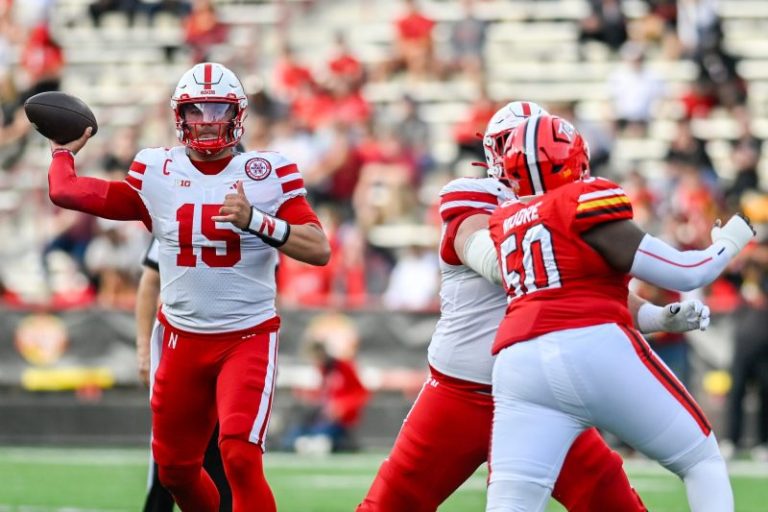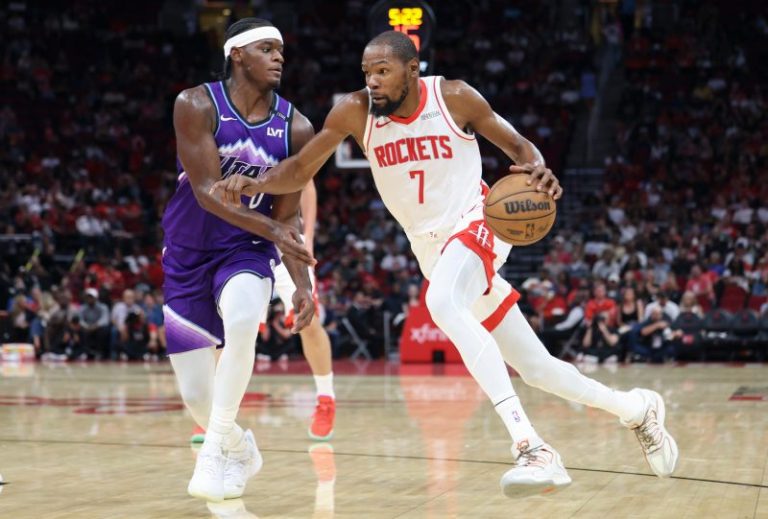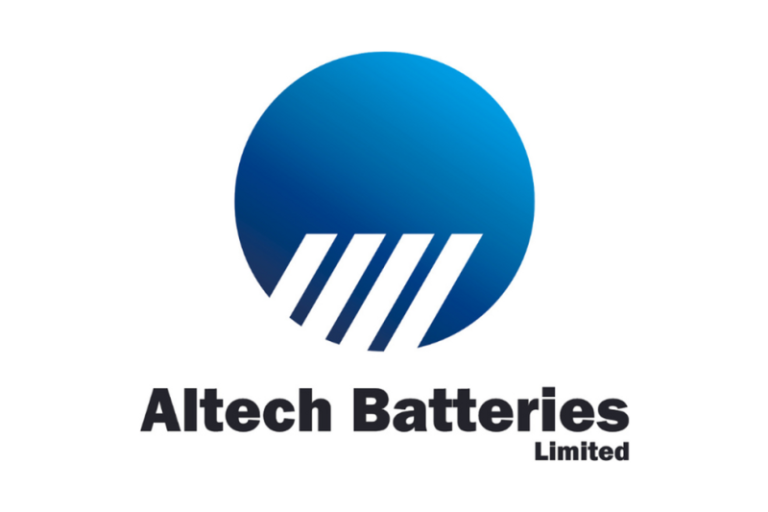/NOT FOR DISTRIBUTION TO UNITED STATES NEWS WIRE SERVICES OR FOR DISSEMINATION IN THE UNITED STATES/
TSX.V – FPC
Falco Resources Ltd. (TSXV: FPC,OTC:FPRGF) (‘Falco’ or the ‘Corporation’) is pleased to announce that further to its press release dated September 29, 2025, it has agreed with Cantor Fitzgerald Canada Corporation, as lead underwriter and sole bookrunner on behalf of a syndicate of underwriters (collectively, the ‘Underwriters’), to increase the size of the Corporation’s previously announced $10,000,000 bought deal private placement (the ‘Initial Offering’) of units of the Corporation (the ‘Units’). Pursuant to the upsized deal terms, the Underwriters have agreed to purchase, on a bought deal basis, an additional 6,250,000 Units, for a total of 37,500,000 Units at a price of $0.32 per Unit (the ‘Offering Price’) for aggregate gross proceeds of $12,000,000 (the ‘Upsized Offering’).
Each Unit will consist of one common share of the Corporation (each, a ‘Common Share‘) and one half of one Common Share purchase warrant (each whole warrant, a ‘Warrant‘). Each whole Warrant shall entitle the holder to purchase one Common Share at a price of $0.46 at any time on or before that date which is 18 months after the Closing Date (as defined below).
Under the Initial Offering, the Corporation granted the Underwriters an option (the ‘Option‘) to increase the size of the Initial Offering by up to an additional 4,687,500 Units on the same terms and conditions as the Initial Offering for additional gross proceeds of $1,500,000, by giving written notice of the exercise of the Option, or a part thereof, to the Corporation at any time up to 48 hours prior to Closing Date. No option to purchase additional Units at the Offering Price has been granted to the Underwriters on the upsized portion of the Upsized Offering.
The Corporation intends to use the net proceeds from the sale of Units for the advancement of the Horne 5 Project in Québec as well as for working capital and general corporate purposes.
The Upsized Offering is anticipated to close on or about October 17, 2025 (the ‘Closing Date‘), or such other date as the Corporation and the Underwriters may agree, and is subject to certain conditions including, but not limited to, the receipt of all necessary approvals including the approval of the TSX Venture Exchange.
The Units are being offered by way of private placement in all of the provinces of Canada to investors who qualify as ‘accredited investors’ under Canadian securities legislation or who are otherwise exempt from prospectus delivery requirements. The Upsized Offering may also be offered in the United States to ‘accredited investors’ (as defined in Rule 501(a) of Regulation D) pursuant to an exemption from registration under the United States Securities Act of 1933, as amended, and in such other jurisdictions outside of Canada in accordance with applicable law.
This press release shall not constitute an offer to sell or the solicitation of an offer to buy nor shall there be any sale of the securities in the United States or in any other jurisdiction in which such offer, solicitation or sale would be unlawful. The securities have not been registered under the U.S. Securities Act of 1933, as amended, and may not be offered or sold in the United States absent registration or an applicable exemption from the registration requirements thereunder.
The Common Shares issuable from the sale of the Units to ‘accredited investors’ in Canada or otherwise on a prospectus exempt basis will be subject to a hold period of four months plus one day from the date of issuance of the Units.
Falco is one of the largest mineral claim holders in the province of Quebec, with an extensive portfolio of properties in the Abitibi-Témiscamingue greenstone belt. Falco holds rights to approximately 67,000 hectares of land in the Noranda Mining Camp, which represents 67% of the camp as a whole and includes 13 former gold and base metal mining sites. Falco’s main asset is the Horne 5 project located beneath the former Horne mine, which was operated by Noranda from 1927 to 1976 and produced 11.6 million ounces of gold and 2.5 billion pounds of copper. Osisko Development Corp. is Falco’s largest shareholder, with a 16% interest in the Corporation.
Neither TSX Venture Exchange nor its Regulation Services Provider (as that term is defined in the policies of the TSX Venture Exchange) accepts responsibility for the adequacy or accuracy of this release.
This news release contains forward-looking statements and forward-looking information (together, ‘forward looking statements’) within the meaning of applicable securities laws. Often, but not always, forward-looking statements can be identified by words such as ‘plans’, ‘expects’, ‘seeks’, ‘may’, ‘should’, ‘could’, ‘will’, ‘budget’, ‘scheduled’, ‘estimates’, ‘forecasts’, ‘intends’, ‘anticipates’, ‘believes’, or variations including negative variations thereof of such words and phrases that refer to certain actions, events or results that may, could, would, might or will occur or be taken or achieved. These statements are made as of the date of this news release. Forward-looking statements in this press release include, without limitation, the terms and conditions of the Upsized Offering, the use of proceeds of the Upsized Offering and the date of closing of the Upsized Offering. Forward-looking statements involve known and unknown risks, uncertainties and other factors which may cause the actual results, performance, prospects and opportunities to differ materially from those expressed or implied by such forward-looking statements. These risks and uncertainties include, but are not limited to, the risk factors set out in Falco’s annual and/or quarterly management discussion and analysis and in other of its public disclosure documents filed on SEDAR+ at www.sedarplus.ca, as well as all assumptions regarding the foregoing. Although the Corporation believes the forward-looking statements in this news release are reasonable, it can give no assurance that the expectations and assumptions in such statements will prove to be correct. Consequently, the Corporation cautions investors that any forward-looking statements by the Corporation are not guarantees of future results or performance and that actual results may differ materially from those in forward-looking statements.
SOURCE Falco Resources Ltd.
View original content: http://www.newswire.ca/en/releases/archive/October2025/14/c7496.html
News Provided by Canada Newswire via QuoteMedia










